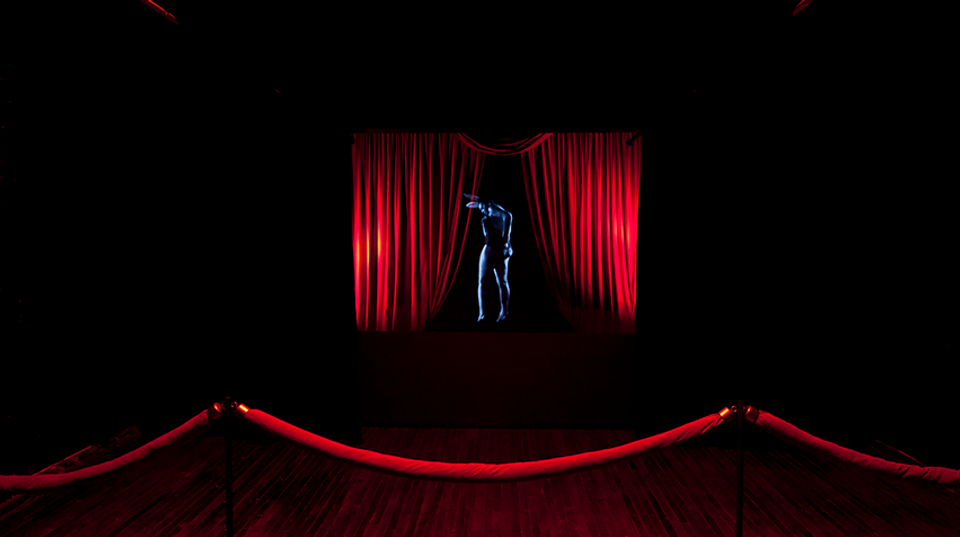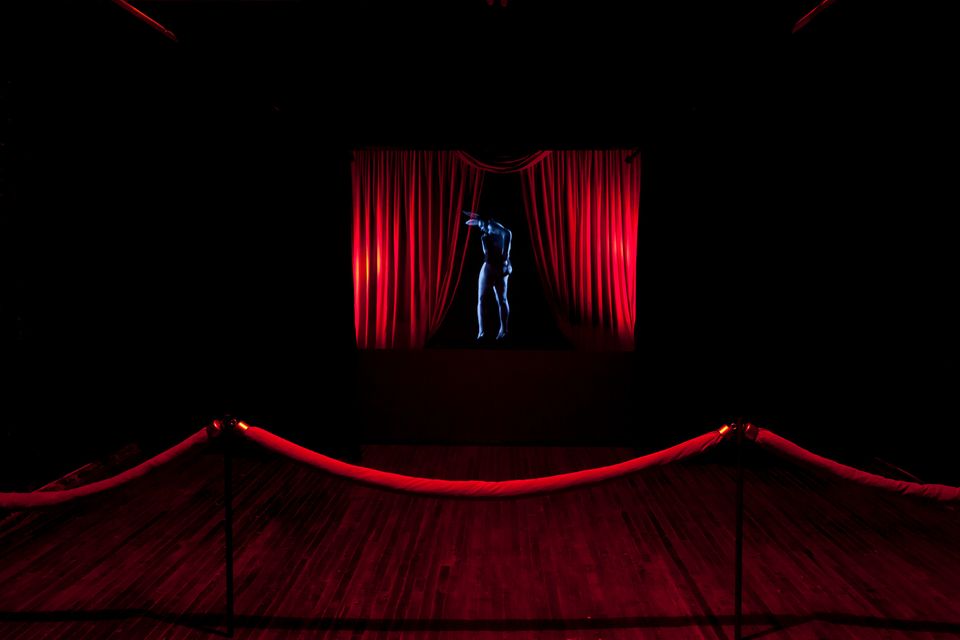Carrie Mae Weems

Photograph of Carrie Mae Weems in her studio, Syracuse, NY, 2015. Photo by David Broda. Courtesy of Carrie Mae Weems
- Born
- Portland, Oregon, United States
- Biography
"There's something very powerful about using one's body as a site of protest, as a site of turbulence, as a site of disagreement . . . using the body as a focus for critique."
–– Carrie Mae Weems, 2013
Carrie Mae Weems is an artist whose interdisciplinary practice engages the structures of power that shape American history and culture.
In 1970, Weems moved to San Francisco to participate in choreographer Anna Halprin's experimental San Francisco Dancers' Workshop, which cultivated a sense of her body as an expressive tool. She then took to photography after receiving a Nikomat camera as a birthday gift in 1973. She was initially inspired by the photography of Roy DeCarava and the Kamoinge Workshop featured in The Black Photographers Annual as well as by a photography class taught by Dawoud Bey at the Studio Museum in Harlem. Living between New York and California from 1978 to 1981, she developed an interest in speaking to the multidimensional experiences of herself and others yet to be centered in mainstream framings of American art and history.
While pursuing her MFA at the University of California, San Diego (1982–84), Weems created staged documentary-style photographs: "I needed to make a direct intervention, extend the form by playing with it, manipulating it." She soon incorporated text with multiple images to construct narratives, drawing inspiration from writer, anthropologist, and folklorist Zora Neale Hurston, who introduced her to "the power of the personal narrative" and storytelling. At the University of California, Berkeley (1984–87) Weems studied ethnic jokes and American folklore that grounded subsequent series, such as Ain't Jokin (1987–88) and Sea Islands (1991–92), from which Untitled (Trees with Mattress Springs) (1995, SAAM) is drawn.
By 1990, Weems began to perform as an "alter-ego" within her camera's frame, acting as a "witness" who stood in for both the artist and viewer. Work of this period also examined architecture, chattel slavery, and histories of racism and sexism in Euro-American photography and art history. Weems moved off the wall in the 2000s, positioning viewers as "participant-observers" within multimedia installations that included banners suspended from the ceiling. Her goal was to "give the viewer permission to invade the work of art, to invade history, and thereby claim it as one's own; to feel that one is a part of history and, therefore, one makes history." She also began collaborating with others. For the photographic series, Constructing History (2008, SAAM), she worked with college students to reenact and thereby, in a sense, bear witness to pivotal moments in American history. In the 2010s, Weems continued staging and framing historical flashpoints by employing nineteenth-century theater techniques in immersive video installations like Lincoln, Lonnie, and Me––A Story in 5 Parts (2012, SAAM) and developing live performances, such as Grace Notes: Reflections for Now (2016).
Weems consistently foregrounds beauty while attending to interconnected issues of racism, sexism, classism, colonialism, and xenophobia. Across mediums, Weems returns to power relations: "I use myself simply as a vehicle for approaching the question of power, and following where that leads me to and through. It's never about me; it's always about something larger."
Authored by Gabriella Shypula, American Women's History Initiative Writer and Editor, 2024.
Videos
Exhibitions
Related Posts
















